Search
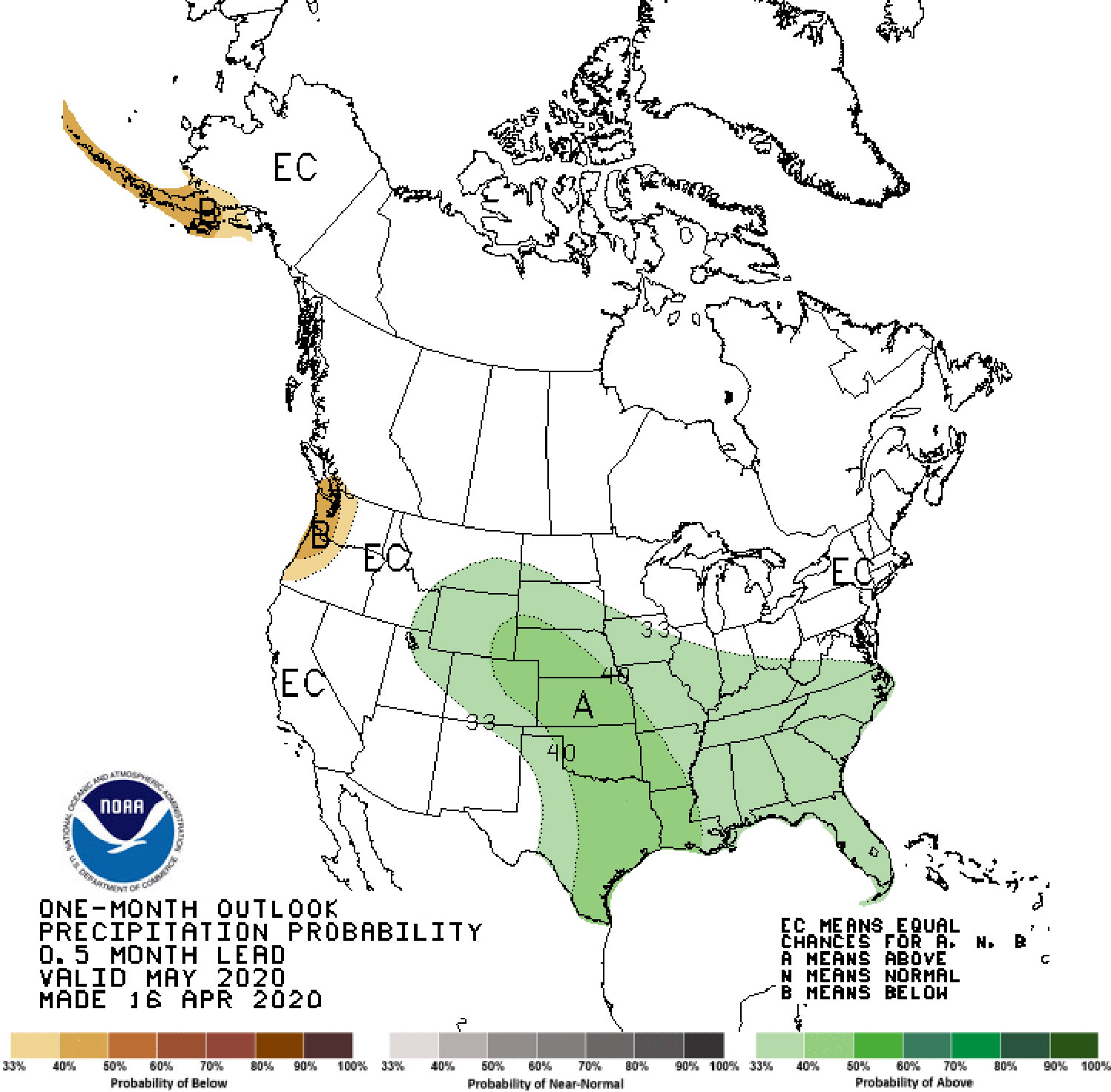
May 2020 Climate Outlook
On April 16, NOAA’s Climate Prediction Center released their climate outlook for May and the coming three-month period of May through July. There is a lot of uncertainty in the temperature outlook for the next one-to-three months in the Northern Plains Region.
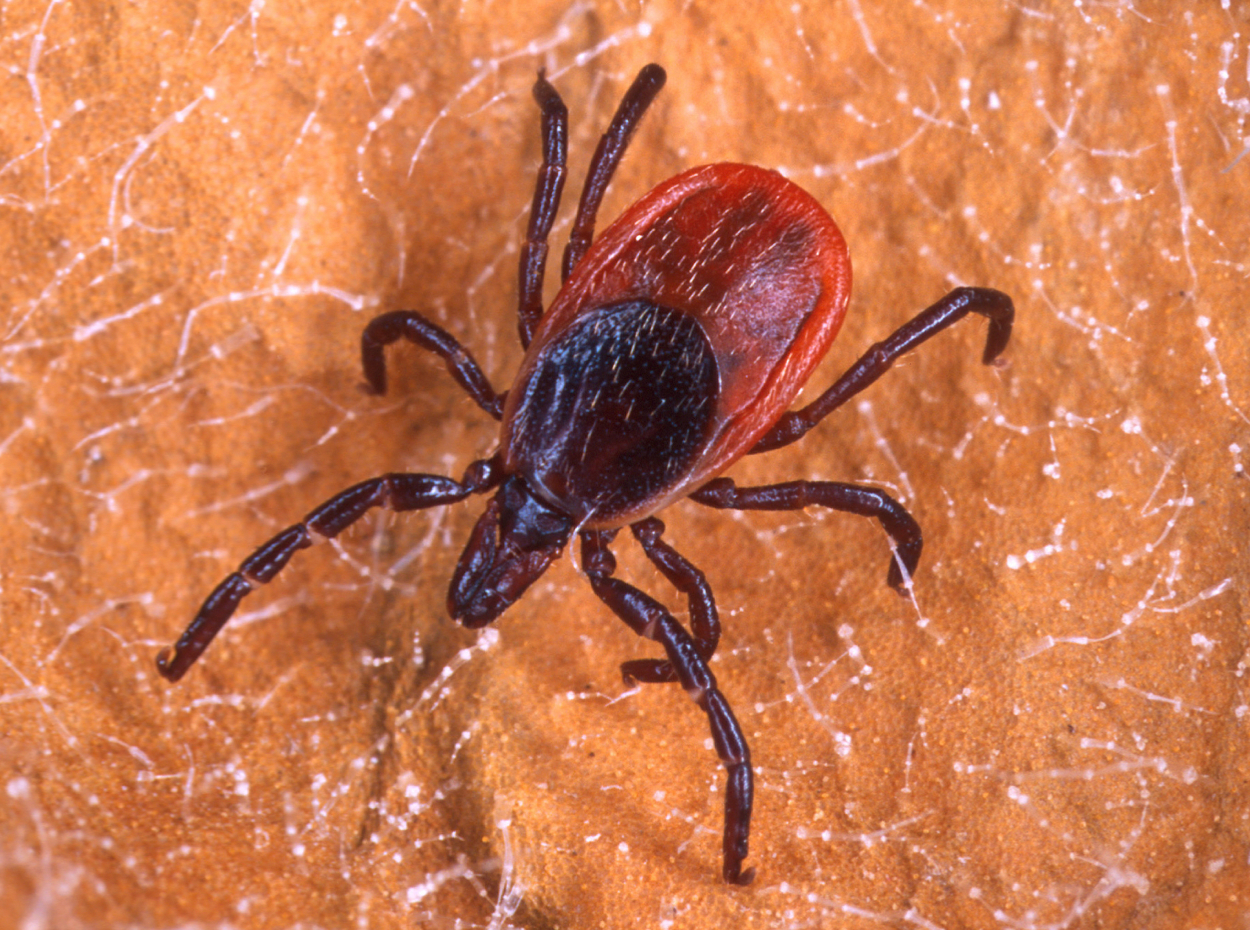
Protecting Yourself From Ticks
During wet springs, tick populations tend to thrive in South Dakota. These parasitic arthropods require blood to fulfill their nutritional needs and commonly use humans as a host. Some ticks can also carry bacterial diseases that are a threat to human health.
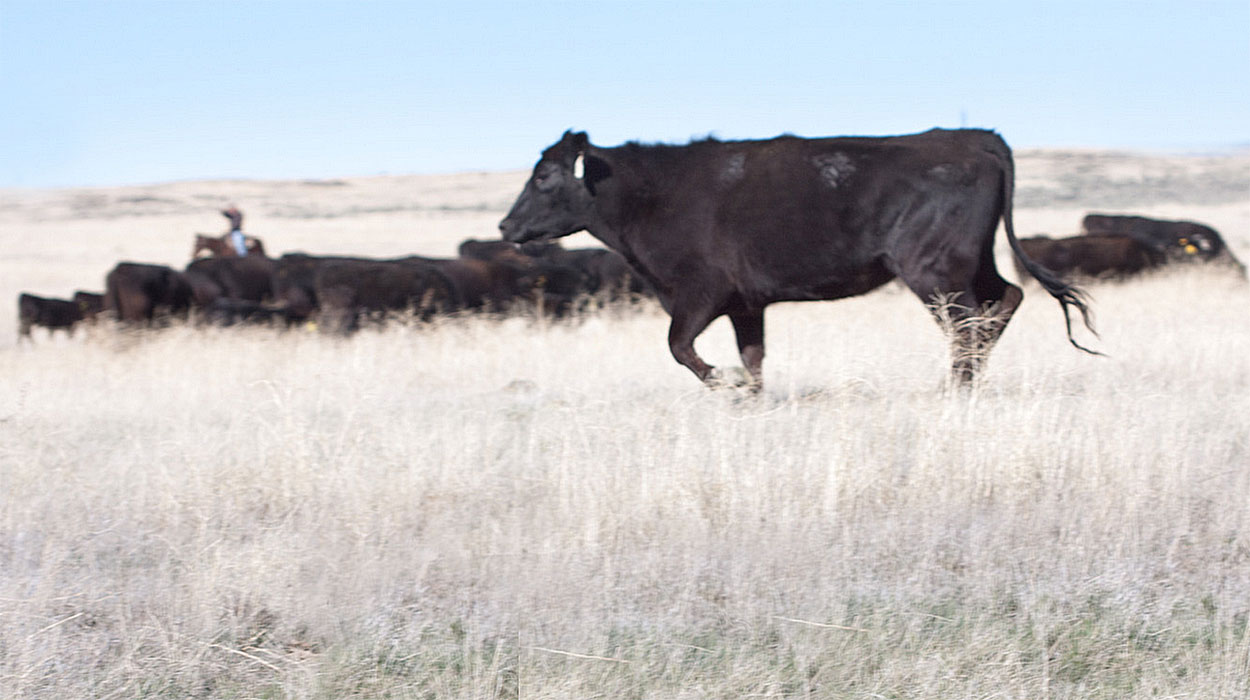
Trigger Dates: Critical Decisions for Drought Management
Having a drought plan in place ensures that you can overcome the inhibitions surrounding a drought response, the basis of which is figuring out trigger dates.
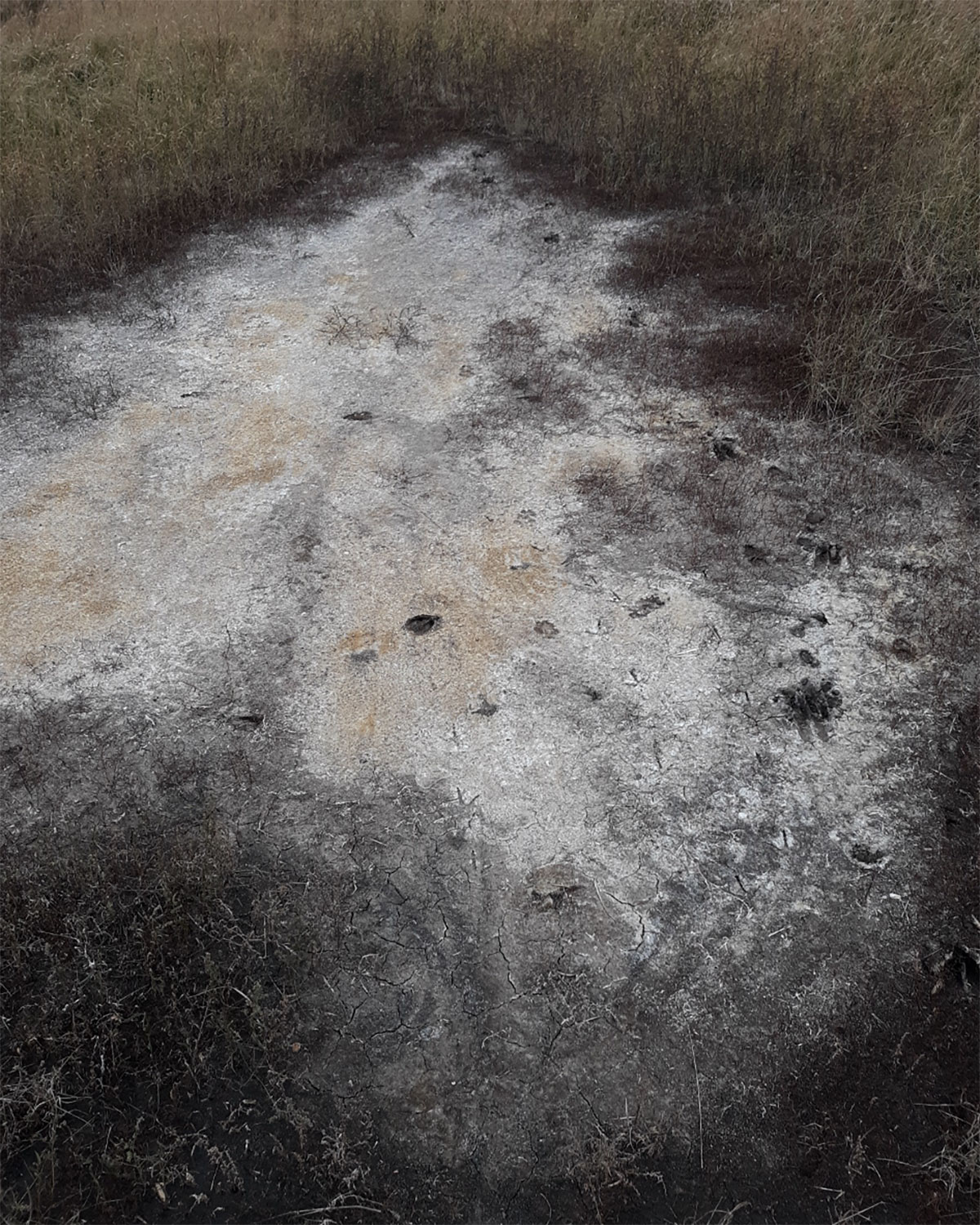
Soil Salinity, Sodicity, and Alkalinity in South Dakota Soils
Salinity and sodicity are issues that negatively affect crop production and soil health in South Dakota.
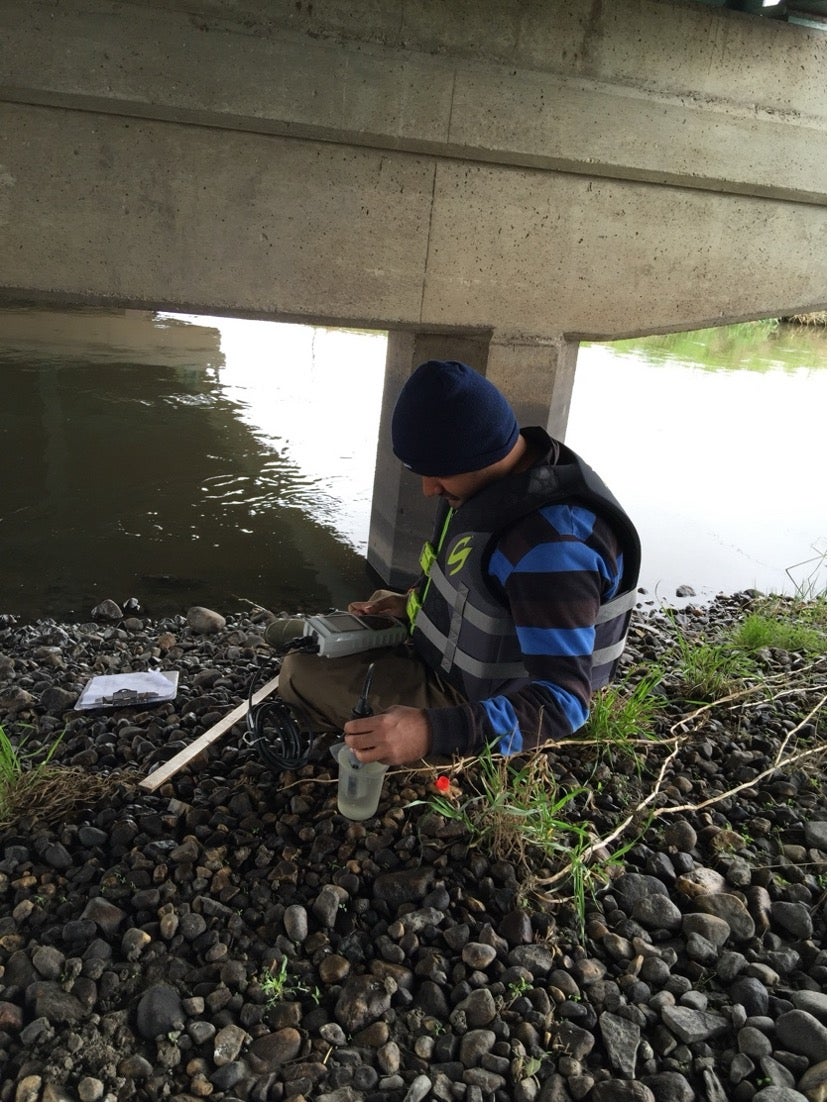
SDSU Extension hopes to empower South Dakotans through water use survey
March 18, 2025
Sushant Mehan wants to know what South Dakotans think about water. Mehan, assistant professor in the Department of Agricultural and Biosystems Engineering and South Dakota State University Extension Water Resource Engineer Specialist, is researching water in various ways, including how water affects plant growth and what the future of crop production looks like across the Great Plains as moisture levels fluctuate.
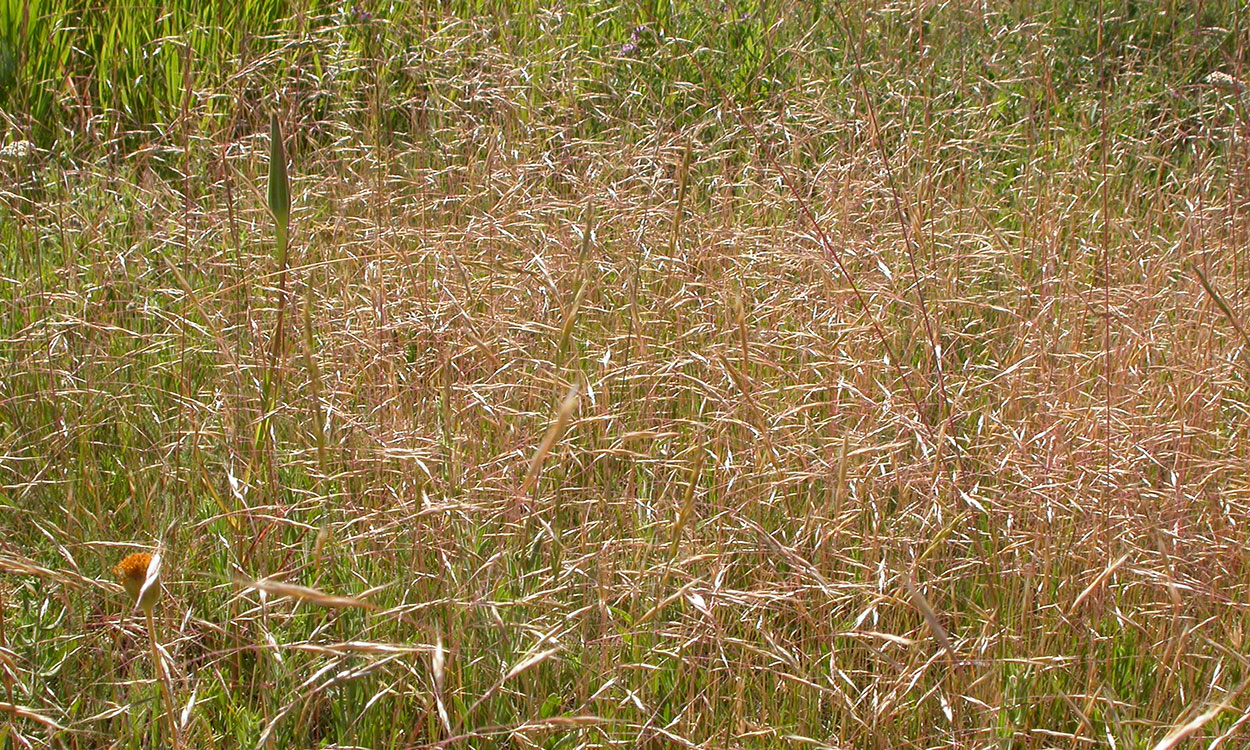
Be on the Lookout: Ventenata
Ventenata is an invasive annual grass that's an emerging threat to South Dakota rangelands due to its ability to exclude desired native species. Learn how to identify, report, and manage it before it becomes a problem in your area.
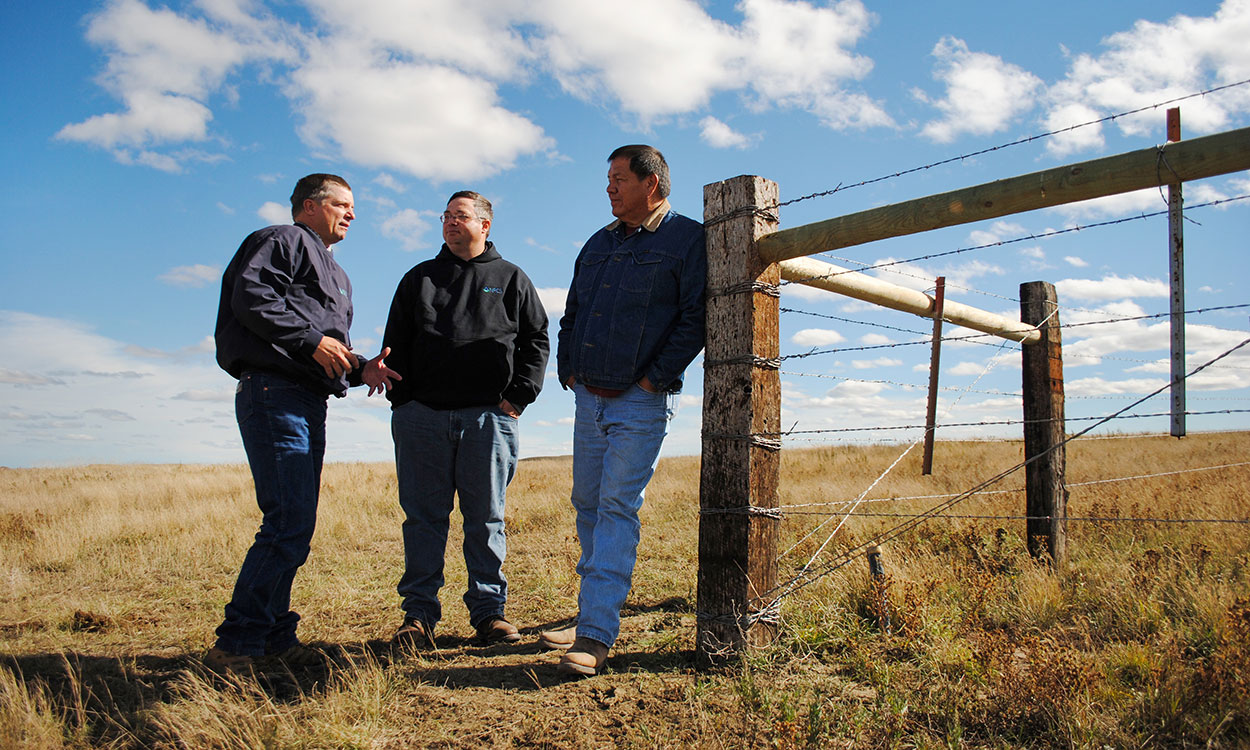
Five Range Management Principles: #2 Creating a Grazing Plan
Creating a grazing management plan can be overwhelming. Learn the basic steps for outlining a plan, along with several resources to help identify the right strategy for your operation.
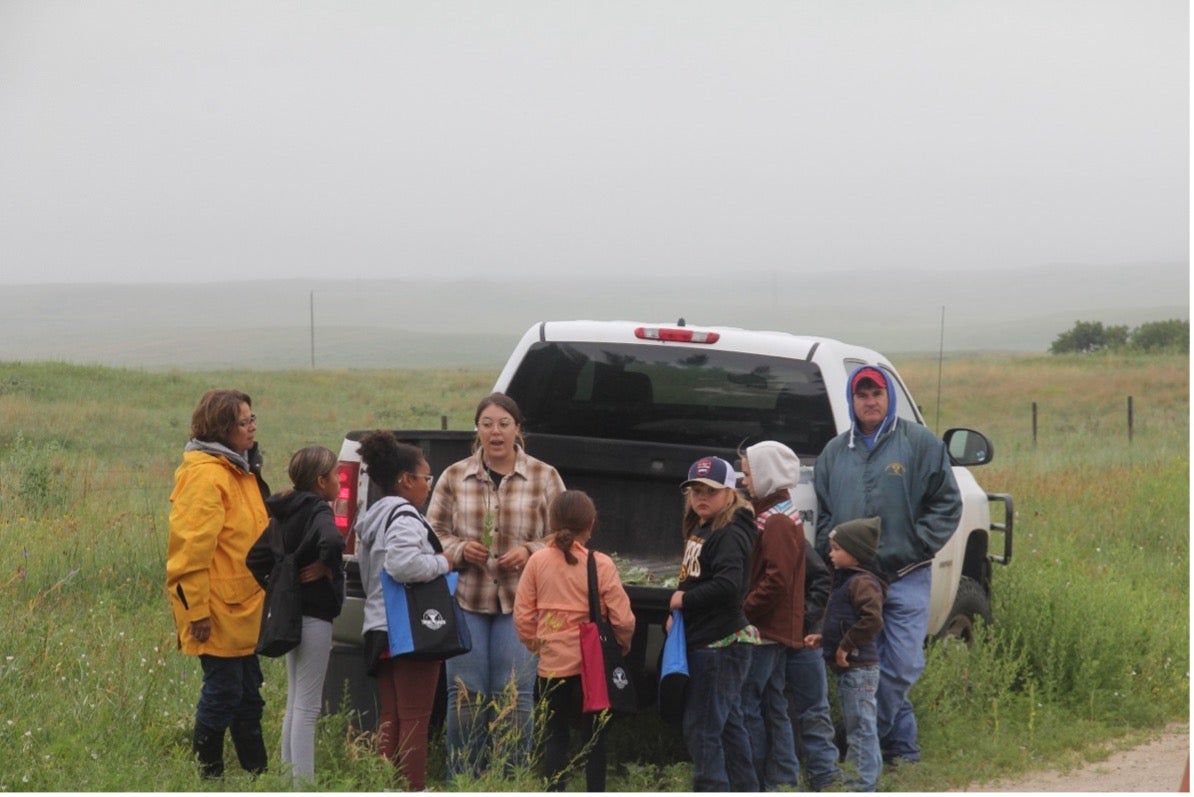
SDSU Extension range workshop offers unique educational opportunity in Rosebud
September 02, 2025
The eighth annual Rosebud Range Workshop, led by South Dakota State University Extension and partners, was held on July 16, 2025, at the Rosebud Sioux Tribal Ranch and provided participants a unique opportunity to learn about rangelands.
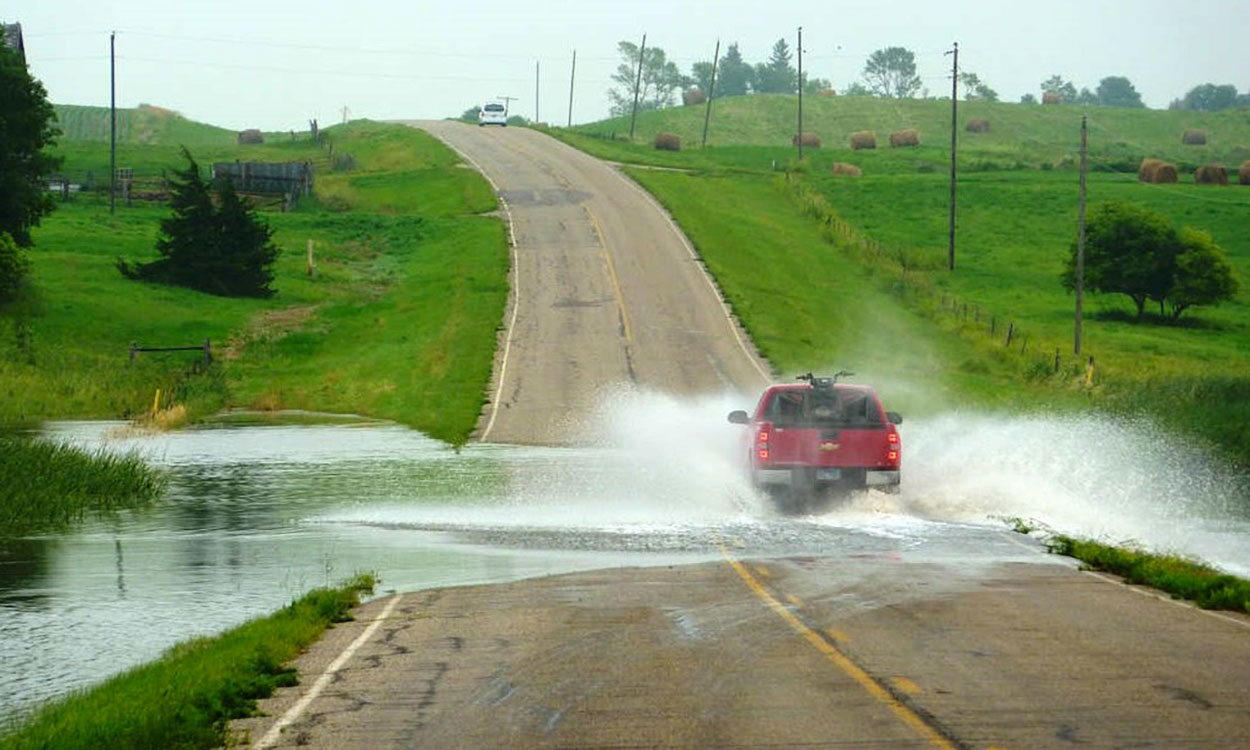
Understanding Flood Hazards in the United States
Understanding the different types of flood hazards and their causes is crucial for effective flood management and disaster preparedness.
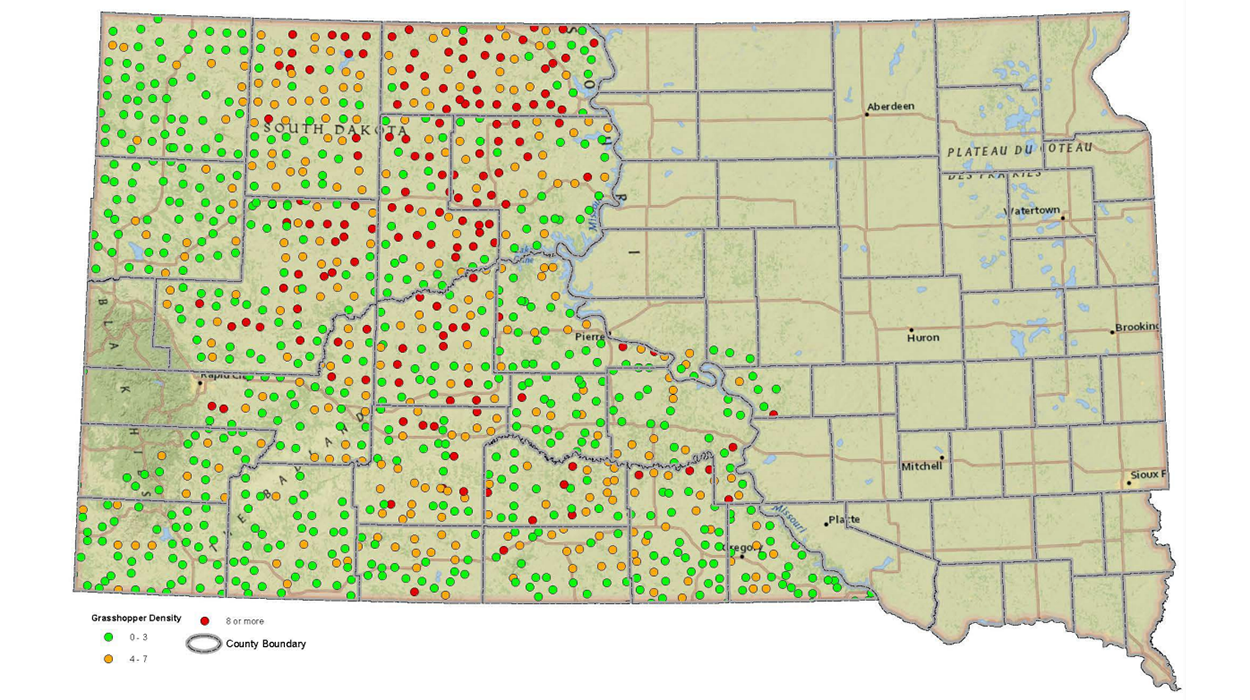
South Dakota Grasshopper Prediction for 2022
Data from the 2021 USDA Adult Grasshopper Survey of South Dakota suggests that grasshopper populations may continue to be problem in parts of central and western South Dakota during the spring of 2022.